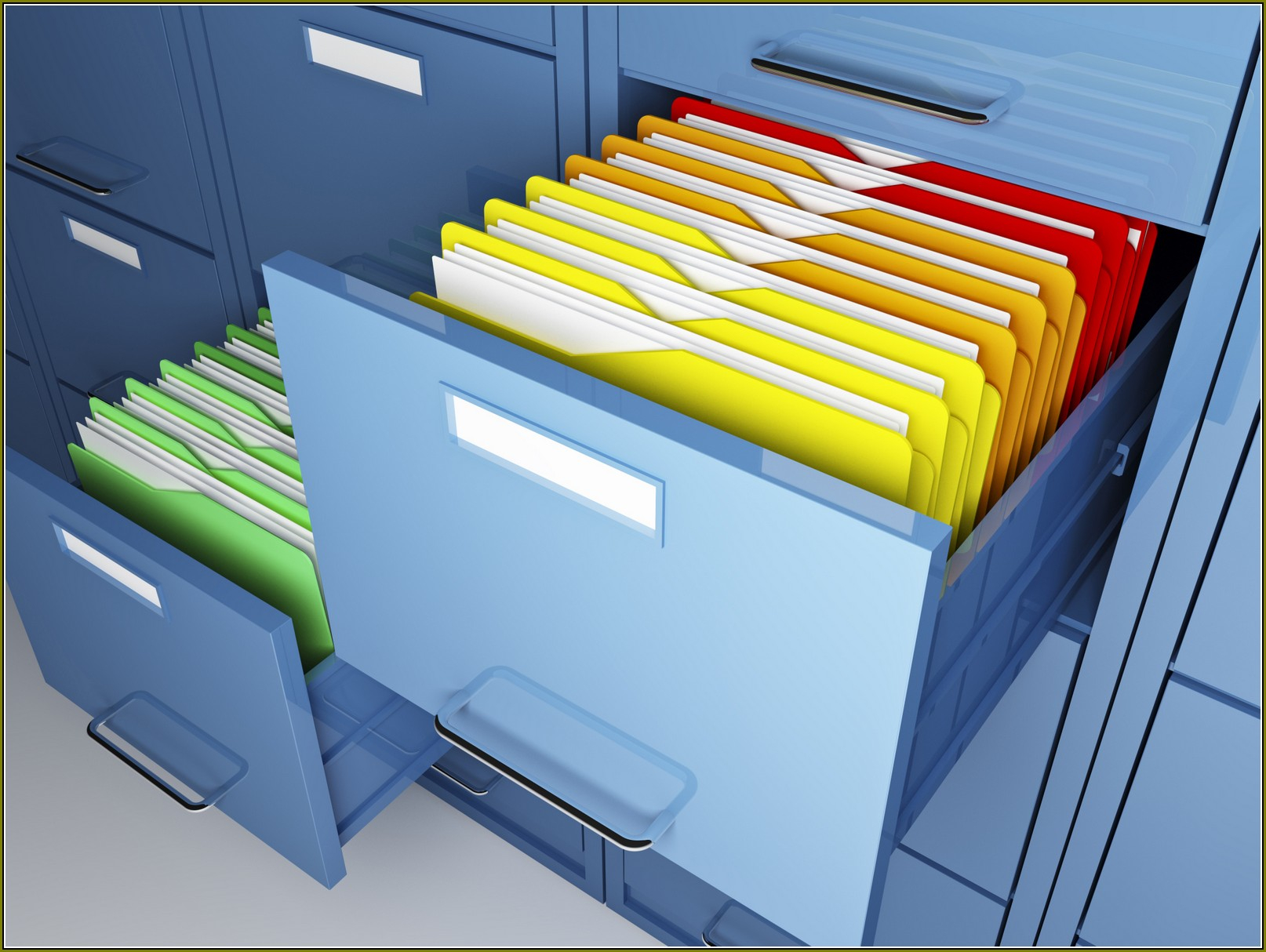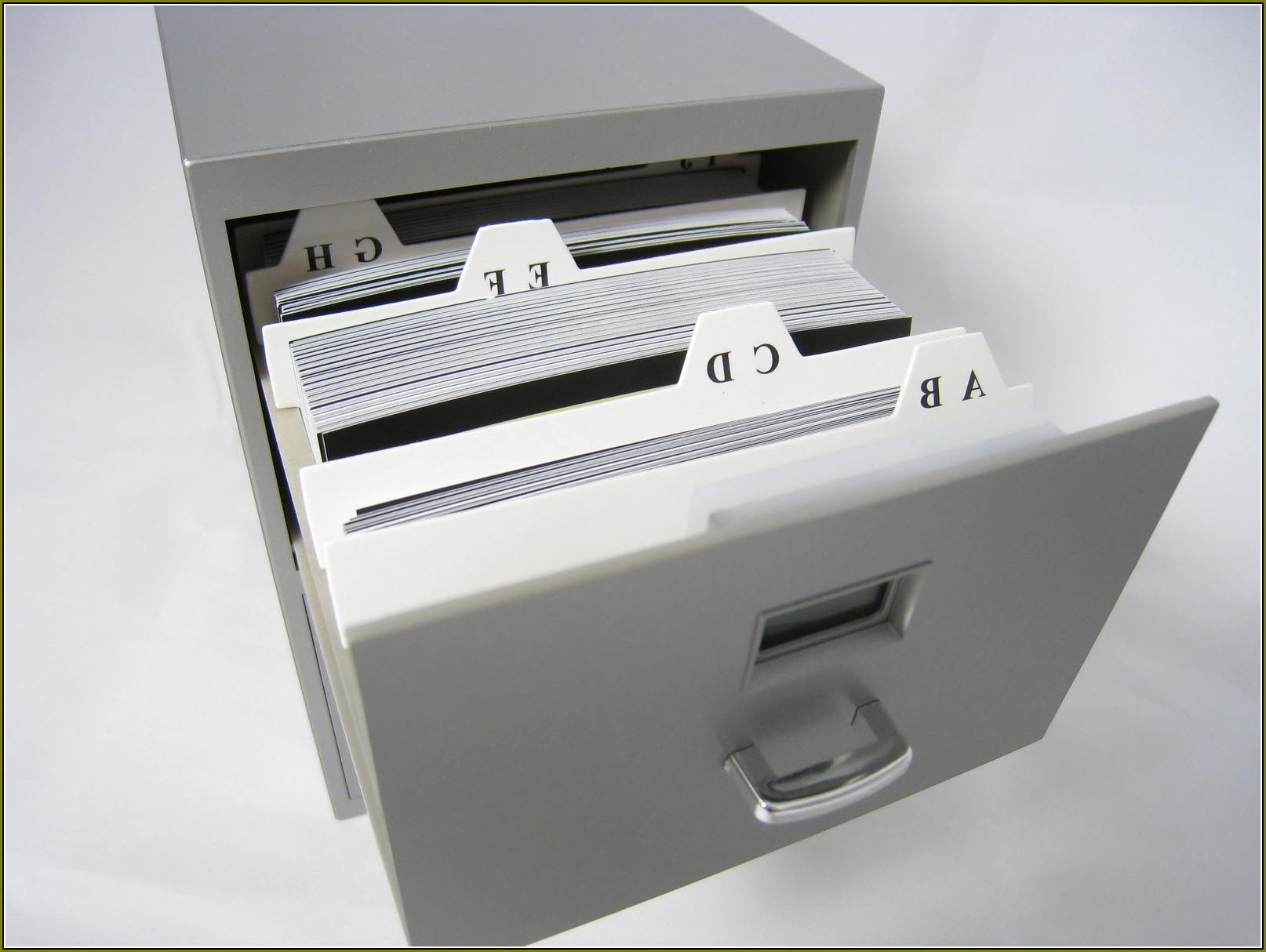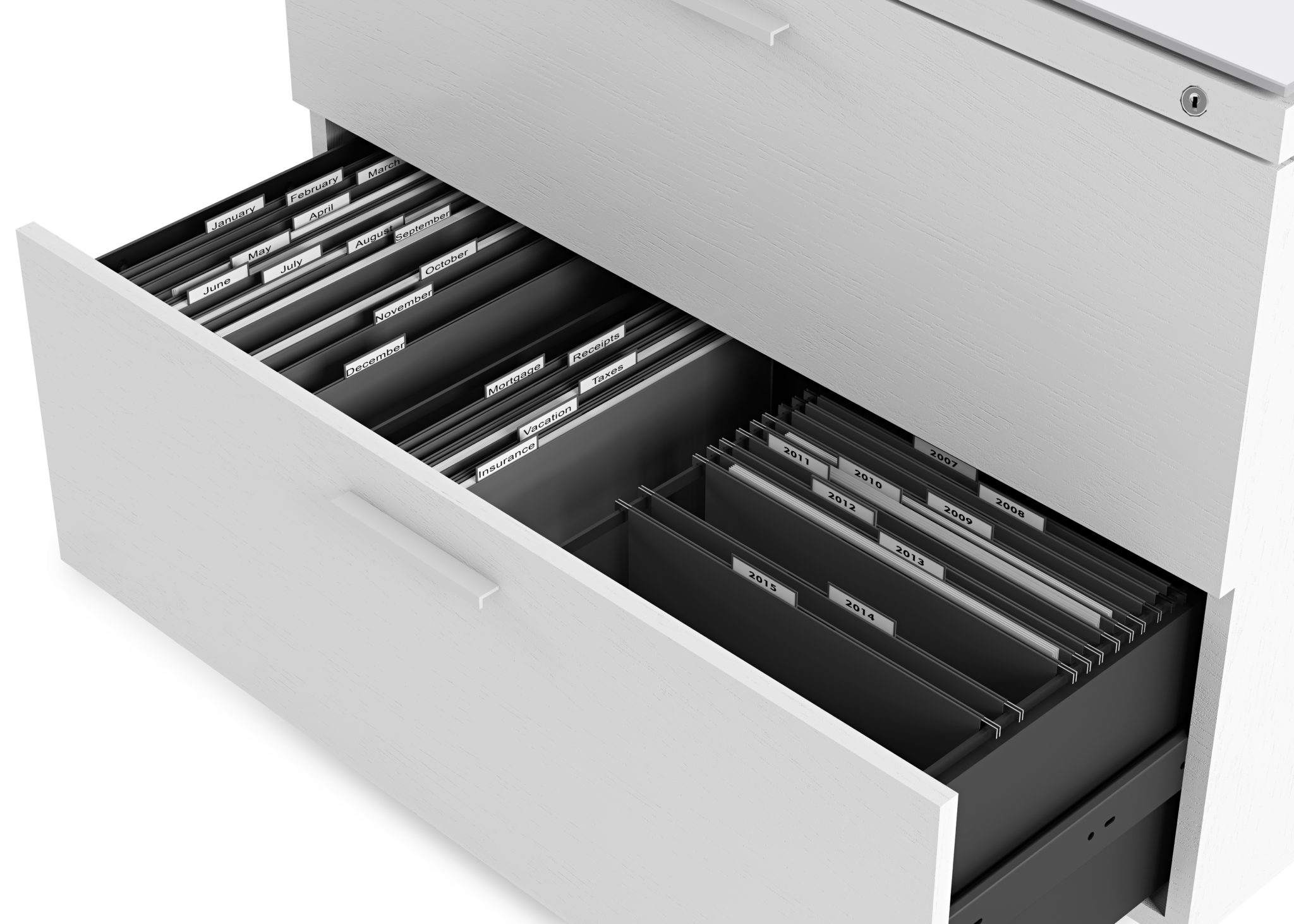Types of File Bars for Lateral File Cabinets

So, you’ve got your snazzy new lateral file cabinet, but it’s missing the star of the show: the file bars! Don’t worry, we’re here to help you navigate the surprisingly exciting world of file bar options. Choosing the right one can mean the difference between smoothly filing away your paperwork and engaging in a wrestling match with recalcitrant folders.
File bars for lateral file cabinets – Let’s dive into the materials, mechanisms, and measurements that will make your filing system a thing of beauty (or at least, a thing that functions).
File Bar Materials: A Materialistic Approach, File bars for lateral file cabinets
The materials used in file bars significantly impact their durability and, of course, their price tag. Think of it as a Goldilocks scenario for your filing needs: too cheap, and they’ll bend under the weight of your meticulously organized documents; too expensive, and you’ll be filing away your savings along with your paperwork.
Steel: The heavyweight champion of file bars. Steel bars are robust, reliable, and can handle even the most overflowing files. They’re a bit pricier, but their longevity makes them a worthwhile investment. Imagine them as the reliable workhorses of the filing world – sturdy and dependable.
Plastic: The budget-friendly option. Plastic file bars are lighter and cheaper than their steel counterparts. However, they’re not as durable and can warp or break under heavy loads. Think of them as the sprightly interns of the filing world – eager to please but maybe not quite as strong.
Wood: A less common choice, wooden file bars offer a unique aesthetic but typically lack the durability of steel or even plastic. They’re more likely to be found in antique or custom-made cabinets. These are the sophisticated, slightly eccentric uncles of the filing world – stylish but maybe not the most practical.
File Bar Mechanisms: Hanging or Sliding? That is the Question (but not really, because we’re answering it)
File bars come in two main styles: hanging and sliding. Hanging bars are suspended from the cabinet’s frame, allowing for easy insertion and removal of files. Sliding bars, on the other hand, slide into tracks within the cabinet.
Hanging Bars: These are generally preferred for their ease of use and better accessibility. They’re ideal for frequently accessed files. Think of them as the friendly librarians of the filing world – always ready to help you find what you need.
Sliding Bars: While offering a more compact filing solution, sliding bars can sometimes be a bit more fiddly to use. They’re often a better choice for less frequently accessed files. They’re the quiet, efficient archivists of the filing world – keeping things organized in the background.
The choice between hanging and sliding depends on your filing habits and the type of files you’ll be storing. Letter-size, legal-size, and A4 files all work well with both types, although some adjustments might be needed depending on the specific dimensions of the bar and the file folders.
File Bar Sizes and Capacities: A Tale of Dimensions
File bar sizes are directly related to the dimensions of your lateral file cabinet. The capacity, usually measured in the number of files each bar can hold, also varies. You need to measure your cabinet’s interior dimensions carefully before purchasing file bars. Getting the wrong size is like buying shoes a size too small – uncomfortable and potentially damaging.
Here’s a table illustrating a range of file bar options (remember, these are examples and actual dimensions and capacities can vary by manufacturer):
| Dimensions (inches) | Capacity (Files) | Material | Type |
|---|---|---|---|
| 12 x 15 | 25 | Steel | Hanging |
| 15 x 18 | 35 | Steel | Hanging |
| 10 x 12 | 20 | Plastic | Sliding |
| 18 x 24 | 50 | Steel | Hanging |
| 14 x 16 | 30 | Plastic | Hanging |
Installation and Usage of File Bars

Installing file bars might sound like a scene from a spy movie – “Mission: Impossible – File Cabinet Edition” – but fear not, it’s surprisingly straightforward. This guide will walk you through the process, turning you from a file-bar novice into a filing-system ninja.
The installation process varies slightly depending on the type of lateral file cabinet and the specific file bar design. However, the general principles remain the same. Most installations involve inserting the file bars into pre-existing slots or tracks within the cabinet drawers. Some may require a bit of jiggling, but nothing a well-placed shim (or a well-timed curse word) can’t handle.
Installing File Bars
Let’s imagine a typical scenario: you’ve just unpacked your snazzy new file bars (we’re assuming they’re not the self-assembling, sentient kind – yet). First, carefully inspect your cabinet’s drawers for designated slots or tracks. These are usually located at the front or back of the drawer, and sometimes even along the sides. Once you’ve located them, you’ll need to gently push the file bars into these slots. If the fit is tight, don’t panic! A little persuasion (gentle rocking, perhaps a well-placed rubber mallet – okay, maybe not the mallet) is usually all it takes. If resistance persists, double-check that the bars are oriented correctly. Some bars are designed to be inserted from the front, while others might require insertion from the back. The instructions included with your file bars should provide more detail on the correct installation method.
Common Challenge: The file bar refuses to budge. This often happens when the tracks are slightly misaligned or obstructed by dust bunnies. The solution? A quick cleaning of the tracks with a vacuum cleaner or compressed air should resolve the issue. If not, carefully check for any obstructions and remove them before attempting to insert the file bar again. If all else fails, consult your cabinet’s instruction manual (yes, really!) or contact the manufacturer.
Illustrative Description: Imagine the file bar as a long, rectangular piece of metal with small notches or protrusions along its edges. The cabinet drawer has corresponding grooves or tracks. The installation process involves aligning these notches with the grooves and sliding the file bar into place. Picture it like sliding a puzzle piece into its correct slot. If the piece doesn’t fit, it’s likely in the wrong orientation.
Organizing Files within File Bars
Now that your file bars are installed, the real fun begins: organizing your files! This is where you can truly unleash your inner organizational guru. The key is to create a system that works for you and allows for easy retrieval of information.
Example Organization Systems:
- Alphabetical: Simple and effective, especially for smaller collections.
- Chronological: Ideal for tracking documents over time, such as invoices or meeting minutes.
- Numerical: Useful for sequentially numbered documents or projects.
- Categorical: Group files based on subject matter, client name, or project type.
The best system will depend on your specific needs and filing habits. Consider using color-coded labels or dividers to further enhance organization and accessibility. Don’t be afraid to experiment until you find what works best for you.
Maintaining File Bars
Regular maintenance will ensure your file bars remain functional and look their best for years to come. This doesn’t require a PhD in filing systems; it’s surprisingly simple.
Cleaning: Dust and debris can accumulate on file bars, hindering their smooth operation. Periodically wipe them down with a damp cloth. For stubborn stains, a mild detergent can be used. Avoid harsh chemicals, as they may damage the finish.
Troubleshooting: If a file bar becomes stuck or difficult to move, check for obstructions in the tracks. Clean the tracks thoroughly. If the problem persists, you might need to adjust the file bar’s position slightly or replace it. (Again, the manufacturer’s instructions might be your best friend here.)
File Bar Selection and Compatibility: File Bars For Lateral File Cabinets

Choosing the right file bars for your lateral file cabinets might seem like a walk in the park, but trust me, it’s more like navigating a minefield of slightly-too-short bars and mysteriously incompatible dimensions. Get it wrong, and you’ll be wrestling with frustratingly misplaced files and a deep sense of organizational despair. This guide will help you avoid such a fate.
Selecting the perfect file bar involves a delicate dance between your cabinet’s dimensions, the type of files you’re housing (because legal-sized documents have *opinions*), and how often you’ll be accessing those files. A high-frequency file bar needs to be robust and smoothly gliding, while a less-used one can be a bit more…rustic.
Factors Influencing File Bar Selection
Choosing the right file bar hinges on a few key factors. Ignoring these could lead to a filing system that’s less “organized” and more “organized chaos.” Let’s delve into the specifics.
- Cabinet Size: Measure your cabinet’s interior dimensions precisely. File bars are typically designed for specific drawer depths and widths. Getting the wrong size is like trying to fit a square peg in a round hole – frustrating and ultimately unsuccessful. Imagine the ensuing paperwork pile-up!
- File Type: Are you storing letter-sized files, legal-sized files, or something else entirely (perhaps blueprints for a miniature Eiffel Tower)? Different file types require different file bar lengths and capacities. Choosing the wrong one can lead to overcrowding or, even worse, files that feel perpetually cramped and unhappy.
- Frequency of Use: Will you be accessing these files daily, weekly, or only when searching for that tax return from 2012? Heavy-duty file bars are ideal for frequently accessed files, offering smooth operation and longevity. For less-used files, a more basic option might suffice. After all, no one wants to pay extra for a high-performance file bar for files that only see the light of day once a year.
File Bar Compatibility Issues
Compatibility problems can arise from mixing and matching file bars and cabinets from different manufacturers. Think of it as trying to force a square peg into a round hole, but with more paperwork involved.
- Variations in Drawer Design: Manufacturers sometimes have subtle variations in their drawer designs, including the track system. A file bar designed for one brand might not fit smoothly, or even at all, in a cabinet from another brand. This can result in a frustrating experience, possibly leading to a dramatic reenactment of your filing system’s demise.
- Dimension Discrepancies: Even within the same brand, minor dimensional variations can occur between different cabinet models. Double-checking the specifications is crucial to avoid buying a file bar that’s either too long or too short. Imagine the disappointment of receiving your perfectly ordered file bars, only to discover they’re stubbornly refusing to fit into their designated home.
- Material Incompatibility: While less common, certain file bar materials might react negatively with specific cabinet materials. This could lead to scratching, corrosion, or other unforeseen problems. Always check for any material compatibility warnings before purchasing.
Simplified File Bar Selection Guide
Forget complicated decision trees; let’s keep this simple. First, measure your cabinet’s interior dimensions. Next, consider the file type and how often you’ll access them. Finally, choose a file bar that matches your measurements and usage frequency. It’s that easy (mostly). If you’re still unsure, consult the manufacturer’s specifications or contact a helpful office supply expert. They’re professionals; they deal with this kind of filing drama daily.
